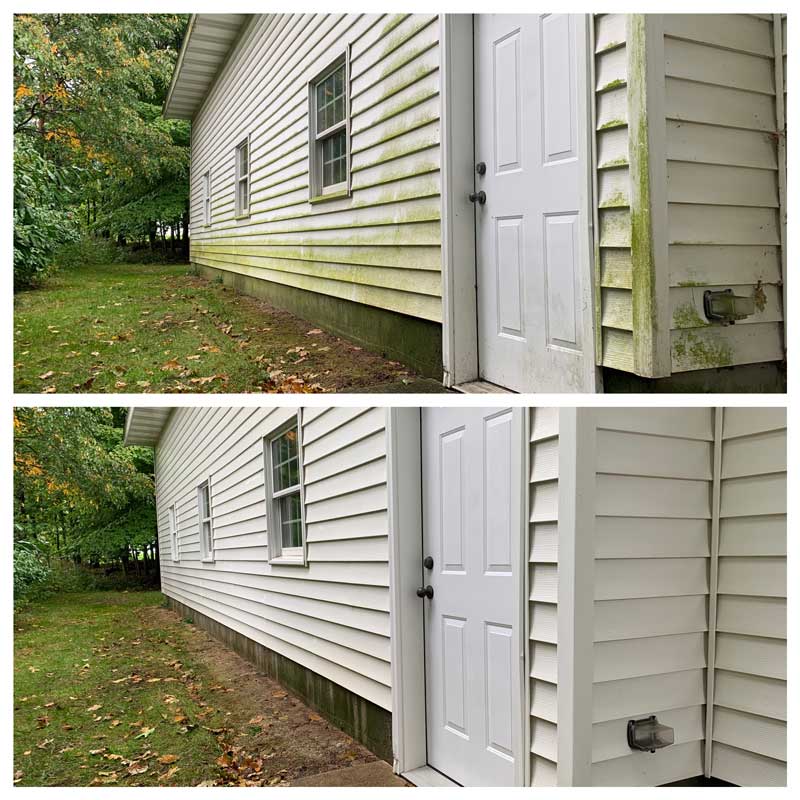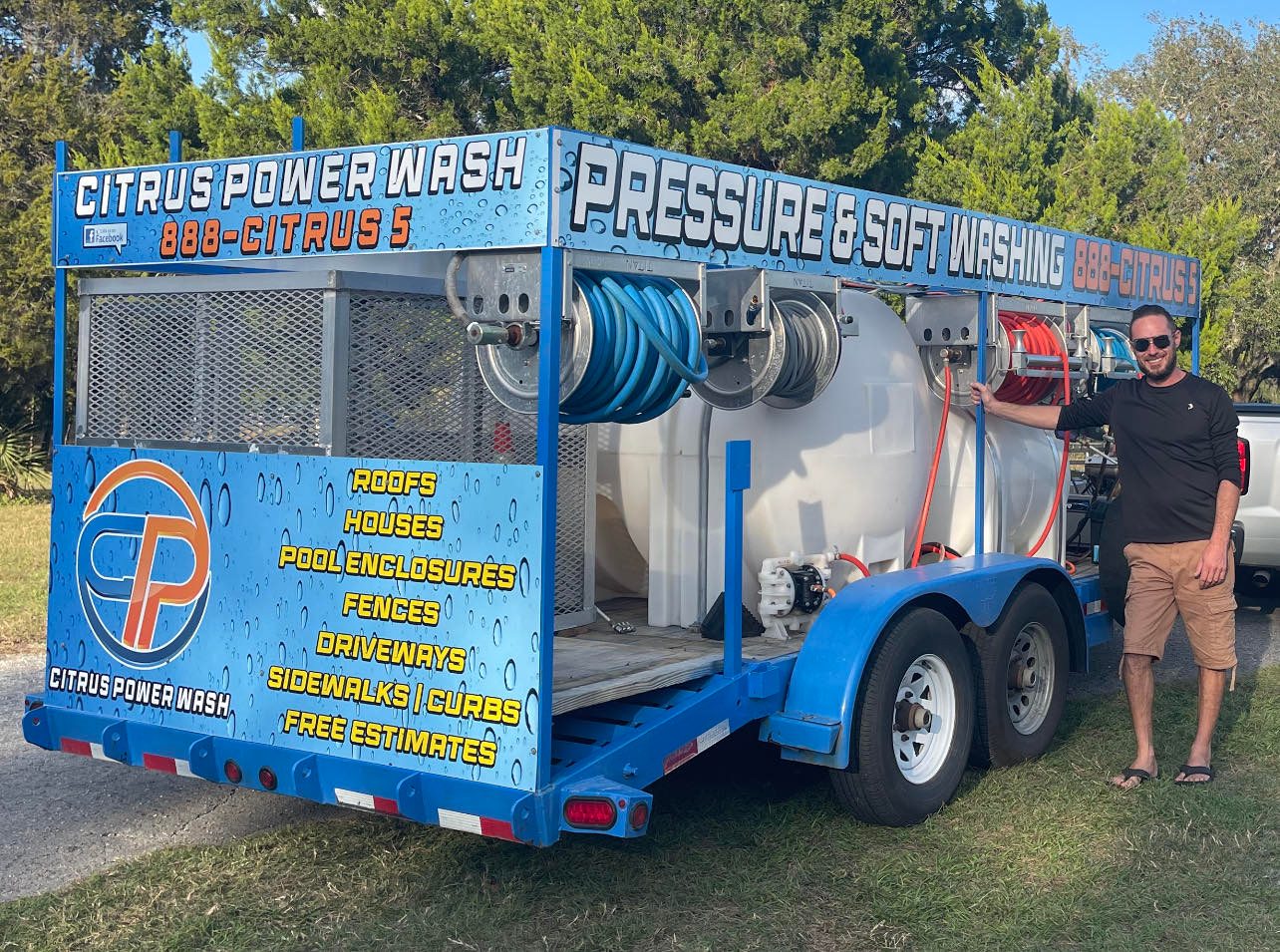Effective Techniques for Graffiti Removal That Restore Surface Areas to Their Initial State
The difficulty of graffiti elimination is multifaceted, requiring an understanding of different graffiti kinds and the most efficient methods for remediation. From chemical solutions that provide to particular paint compositions to press cleaning techniques that protect the stability of surface areas, each technique has its benefits.
Understanding Graffiti Types
Recognizing the diverse kinds of graffiti is necessary for effective elimination techniques. Graffiti can be broadly classified into a number of types, each needing different strategies for removal. One of the most typical kinds include tags, murals, and throw-ups. Tags are the most basic form, containing an elegant trademark or logo design, typically created rapidly with spray paint or markers. Their reasonably tiny size can make them much easier to remove however can still posture difficulties relying on the surface.
Throw-ups are much more intricate and typically entail larger, bubble-like lettering filled up with a solitary shade. These items can cover extra area and may necessitate different removal techniques contrasted to tags. Murals, on the various other hand, are detailed art work that can be comprehensive and rather big, commonly appointed or developed with approval. The elimination of murals offers one-of-a-kind challenges due to the potential for damage to the underlying surface area and the imaginative worth.
Comprehending these distinctions is important for choosing the right techniques and products for reliable graffiti removal. Each type not just differs in its visual impact yet additionally in the techniques that will be most effective in recovering surface areas to their original problem.
Chemical Removal Approaches
When dealing with graffiti removal, chemical approaches are usually one of the most efficient and efficient method for various surface areas. These methods make use of specialized formulas developed to damage down the chemical bonds in graffiti, making it much easier to remove without harming the underlying material.

It is vital to choose a chemical cleaner that is suitable with the surface area being treated to stop damages. Checking the product on a tiny, unnoticeable area prior to widespread application is suggested. Furthermore, proper safety devices, such as gloves and masks, ought to be put on to make sure safety throughout the removal procedure.
Once the graffiti has actually been dissolved, it is crucial to completely rinse the surface area to remove any kind of chemical deposit, which can lead to staining or degradation with time (Graffiti Removal in Euclid). In general, chemical elimination methods supply a powerful remedy for restoring surface areas to their initial state while lessening potential damage
Pressure Washing Methods
While chemical elimination methods are highly efficient, stress cleaning offers an alternate strategy for graffiti elimination that can be equally efficient, particularly on long lasting surface areas. This approach utilizes high-pressure water jets to dislodge and remove graffiti from various materials, such as concrete, block, and metal.
The effectiveness of pressure cleaning rest on several elements, including the pressure setting, nozzle type, and the distance from which the water is applied. Usually, a stress variety of 2,000 to 3,000 PSI is suggested for the majority of surface areas, yet changes might be essential relying on the substratum's level of sensitivity. Utilizing a follower spray nozzle can assist cover larger areas efficiently while reducing the risk of damaging the underlying product.
Before press cleaning, it is important to evaluate the graffiti's composition. Water-based pop over to this web-site paints often react far better to this technique than oil-based or irreversible markers. Pre-soaking the location with water can improve the removal procedure by minimizing paint bond. After the stress cleaning is total, surfaces must be checked for any continuing to be deposit, and a second pass might be needed to achieve optimum results. Overall, stress washing is an effective tool in the graffiti removal toolbox.

Eco-Friendly Solutions
Many people and companies are progressively seeking environmentally friendly services for graffiti removal, identifying the relevance of lessening environmental impact. Traditional graffiti elimination techniques typically involve harsh chemicals that can be unsafe to both the setting and public health and wellness. On the other hand, eco-friendly remedies use safe and naturally degradable materials that properly get rid of graffiti without causing damages to surfaces or launching damaging substances right into the atmosphere.
One reliable method is the use of all-natural solvents, such as citrus-based cleaners, which harness the power of plant-derived components to break down paint without leaving poisonous residues. In addition, baking soft drink and vinegar mixes can work as gentle abrasives that raise graffiti while being safe for the setting.
Another cutting-edge method is using environmentally friendly stress washing systems that use less water and power compared to traditional techniques. These systems usually incorporate specialized nozzles and eco-conscious cleaning agents that improve efficiency while lowering waste.
Preventative Steps
Preventative actions play a vital role in combating graffiti vandalism and decreasing its occurrence. By executing critical approaches, homeowner and neighborhoods can prevent possible offenders and decrease the expenses linked with graffiti elimination.
One effective technique is the usage of anti-graffiti finishings, which develop a safety layer on surface areas, making it difficult for paint to adhere. These finishings can be clear or colored, permitting the initial visual to stay intact while supplying a guard versus criminal damage. In addition, the installment of security electronic cameras in high-risk locations can act as a deterrent, as the presence of monitoring technology may discourage potential offenders.
Community engagement is also vital; arranging area watch programs or graffiti clean-up occasions promotes a sense of ownership and pride amongst homeowners. Educational campaigns in institutions can increase awareness about the adverse influences of graffiti, advertising respect for public and personal building.
Conclusion
To conclude, the efficient removal of graffiti calls for a complex strategy that takes into consideration the type of graffiti and the surface product. Using specific chemical removers, high-pressure cleaning techniques, and environmentally friendly next page solutions can recover surfaces to their initial state while lessening environmental influence. Furthermore, executing preventative measures can lower the reoccurrence of graffiti, cultivating cleaner and a lot more aesthetically pleasing settings. A detailed understanding of these methods is crucial for accomplishing optimal cause graffiti elimination ventures.
